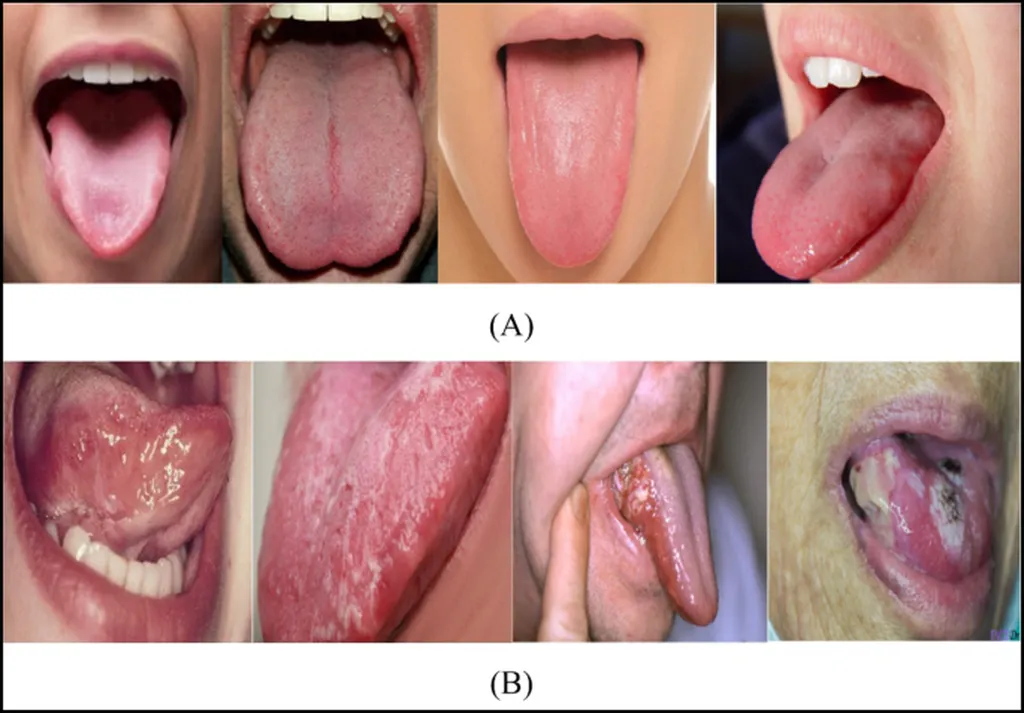In the realm of medical diagnostics, a groundbreaking study has emerged that could revolutionize the way oral lesions are identified and categorized. Devika G., a researcher from the Department of Computer Science and Engineering at Government Engineering College in Kushalnagar, India, has leveraged the power of deep learning to develop a model that can distinguish between benign and malignant oral lesions with remarkable accuracy. This research, published in the International Journal of Emerging Research in Engineering, Science, and Management (translated as “International Journal of Emerging Research in Engineering, Science, and Management”), promises to bring significant advancements to the field of oral pathology and beyond.
The study focuses on the EfficientNetB7 model, a deep learning architecture renowned for its efficiency in processing large-scale image datasets. By utilizing the Oral Lesions: Cancer Detection Dataset, which comprises 2,270 high-resolution images, Devika G. and her team have trained the model to classify lesions into benign and malignant categories. The results are staggering, with the model achieving an accuracy rate of 99.12%.
“This level of accuracy is unprecedented in the field of oral lesion diagnosis,” says Devika G. “Our model not only identifies malignant lesions with high precision but also ensures that benign lesions are correctly classified, reducing the need for unnecessary biopsies and treatments.”
The implications of this research extend far beyond the medical field. In the energy sector, for instance, similar deep learning techniques could be employed to monitor and diagnose equipment failures. Imagine a scenario where sensors and cameras are used to capture images of machinery components, and a deep learning model analyzes these images to predict potential failures before they occur. This proactive approach could save energy companies millions of dollars in maintenance costs and prevent costly downtime.
Moreover, the study’s emphasis on interpretability is a significant step forward. By understanding which features of the images are most influential in the model’s decision-making process, medical professionals can gain valuable insights into the underlying mechanisms of oral lesions. This interpretability could also be applied to other industries, such as manufacturing, where understanding the factors contributing to product defects can lead to improved quality control processes.
“The ability to interpret the model’s decisions is crucial for gaining the trust of medical professionals and ensuring the widespread adoption of this technology,” explains Devika G. “We believe that our approach sets a new standard for transparency and reliability in deep learning applications.”
As we look to the future, the potential applications of this research are vast. From improving diagnostic accuracy in healthcare to enhancing predictive maintenance in the energy sector, the EfficientNetB7 model and similar deep learning architectures hold the key to unlocking new levels of efficiency and reliability. The study published in the International Journal of Emerging Research in Engineering, Science, and Management serves as a testament to the power of interdisciplinary research and the transformative potential of artificial intelligence.
In a world where data is abundant but insights are scarce, Devika G.’s work shines as a beacon of innovation. By harnessing the power of deep learning, she has not only advanced the field of oral pathology but also paved the way for a future where machines and humans work together to solve some of the most pressing challenges of our time.

